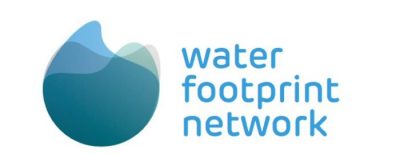Primary Functions
- Inform “big picture” strategic planning
- Identify at what stage within the value chain the water footprint is in a hotspot
- Build public awareness
Detailed Description
The Water Footprint Network’s Water Footprint (WF) is an indicator of the volume of freshwater consumed and/or polluted to produce the goods and services consumed by an individual or community or produced by a business. The Water Footprint is a geographically and temporally explicit indicator which can be used to quantify both direct (operations) and indirect (supply chain) water use. Water Footprints (WFs) are intended to allow these entities to better understand their relationship with watersheds, make informed management decisions, and spread awareness of water challenges worldwide.
WFs are divided into three separate components—blue, green, and grey—all of which are expressed in terms of water volume. These components are meant to be considered separately or combined as a total WF. The three WF components are defined as follows:
- Blue water – the volume of surface or groundwater consumed.
- Green water – the volume of rainwater (found in soils rather than major bodies of water) consumed through evapotranspiration.
- Grey water – a measure of the amount of the assimilative capacity of a water body used; the volume of water needed to dilute pollutants discharged to water bodies such that water quality standards are met.
Corporate WFs measure the total volume of water used directly and indirectly to run and support a business. A WF can be scoped to focus at the company-wide or facility level but can also focus on specific products. The corporate water footprint is equal to the sum of the direct and indirect water footprint (i.e., raw material production, manufacturing, and distribution) for all of its products.
The Water Footprint Assessment Tool (WFAT) – released in 2012 – greatly expands the scope and functionality of WFN water footprints.





